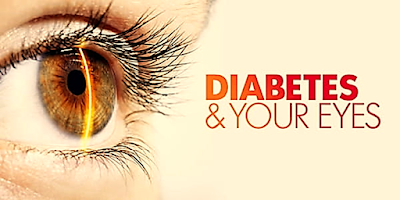Sleep Deeper, Wake Refreshed: How to Effectively Use an Eye Mask
We all chase that feeling of waking up truly rested, right? Sometimes, despite our best efforts, a good night's sleep feels just out of reach. If you're looking for a simple yet effective way to enhance your sleep quality and drift into deeper slumber, you might want to consider a sleep mask.
You might have seen them on airplanes, but eye masks are more than just travel accessories. When used correctly, they can be a game-changer for your sleep routine. Let's explore how to use an eye mask to unlock deeper sleep.
Choosing the Right Eye Mask for You
Just like pillows and blankets, eye masks come in various shapes, sizes, and materials. Finding the right one for you is the first step. Here are a few things to consider:
- Material:
Look for soft, breathable fabrics like cotton, silk, or satin. These materials feel gentle against your skin and won't cause irritation.- Comfort:
The mask should fit snugly but not too tightly. You shouldn't feel any pressure on your eyes. Some masks are contoured to avoid pressing on your eyelids.- Light Blocking:
The primary function of an eye mask is to block out light effectively. Make sure the mask covers your eyes completely and doesn't allow light to seep in from the edges.- Adjustability:
Many eye masks come with adjustable straps, which can help you find the perfect fit and ensure the mask stays in place throughout the night.How to Properly Wear Your Sleep Mask
Once you've found the ideal eye mask, here's how to use it for deeper sleep:
- Position it Correctly: Gently place the eye mask over your eyes, ensuring it covers them completely from the bridge of your nose to your eyebrows and extends slightly towards your temples.
- Adjust the Strap: If your mask has an adjustable strap, fasten it comfortably around your head. It should be snug enough to stay in place but not so tight that it feels restrictive or leaves marks on your face.
- Ensure No Light Peeks Through: Before settling down, check if any light is seeping in from the sides or the bottom of the mask. If there is, readjust the mask or the strap until you achieve complete darkness.
- Combine with a Relaxing Bedtime Routine: For optimal results, use your eye mask as part of a relaxing bedtime routine. This could include activities like reading, taking a warm bath, or listening to calming music.
- Be Consistent: Like any sleep aid, the benefits of using an eye mask may become more noticeable with consistent use. Make it a regular part of your nightly routine.
Maximizing Your Sleep Mask's Potential for Deep Sleep
To get the most out of your eye mask and promote deeper sleep, consider these additional tips:
- Use in Conjunction with Ear Plugs: If noise is also a problem, combining an eye mask with ear plugs can create a truly sensory-deprived environment conducive to deep sleep.
- Create a Dark and Quiet Sleep Environment: While the eye mask blocks light, ensure your bedroom is as dark and quiet as possible overall for the best sleep conditions.
- Wash Your Eye Mask Regularly: Just like your pillowcases, your eye mask can accumulate oils and bacteria. Wash it regularly according to the manufacturer's instructions to keep it clean and hygienic.
- Consider Aromatherapy: Some eye masks come with pockets for inserting aromatherapy pouches with calming scents like lavender, which can further enhance relaxation and promote deeper sleep.
In Conclusion:
Using an eye mask is a simple yet powerful tool in your quest for deeper and more restful sleep. By choosing the right mask and wearing it correctly as part of a relaxing bedtime routine, you can effectively block out unwanted light and create the ideal conditions for quality sleep. So, give it a try and experience the difference a little darkness can make!














.jpg)

















